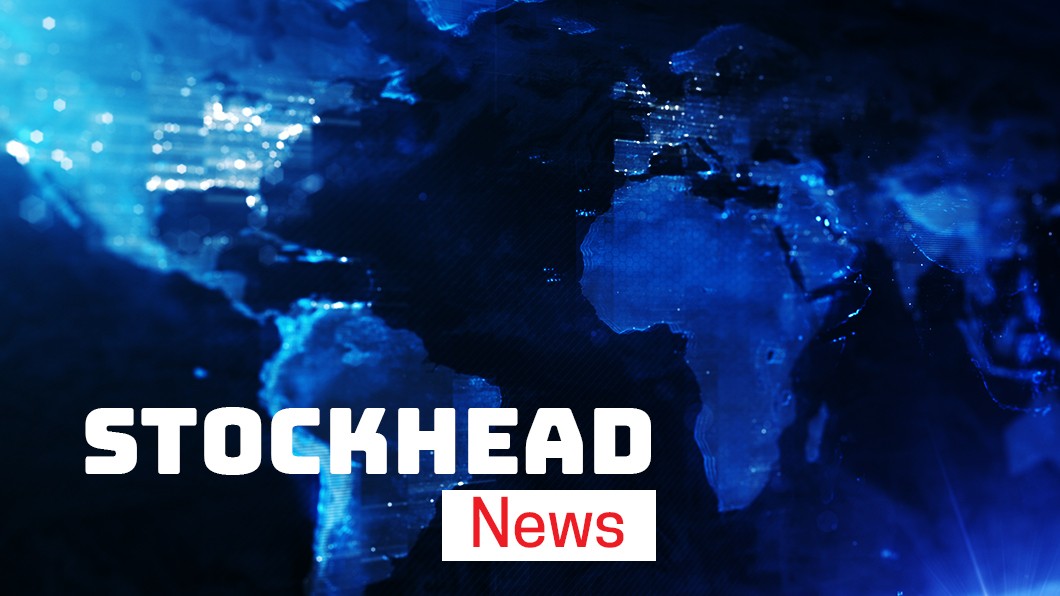Think Big: Australia’s biggest cities are in lockdown, and households are getting… richer?

Pic: DKosig / iStock / Getty Images Plus via Getty Images
Data this week from Commonwealth Bank sheds interesting light on the impact of fiscal policy during COVID-19 lockdowns.
When the pandemic was causing chaos in March 2020, global central banks did their best to keep the financial system afloat.
But ultimately it was fiscal firepower that put a stop to the market meltdown.
Major governments all signed off on historic spending packages that sent a clear message; everyone can go home, and we’ll pay for it.
After that, stocks rose by around 9% in April last year — their best monthly return in 32 years (admittedly coming off a low base).
Give me more cowbell fiscal
Fast forward 18 months, and Delta lockdowns in Sydney and Melbourne have again prevented employees in many sectors from being able to work.
However, once again, a “counterintuitive dynamic is unfolding across the country”, CBA economist Gareth Aird says.
With so many jobs put on hold, it wouldn’t be a stretch to argue that income levels will also fall.
However, as an economist at Australia’s largest bank, Aird also has access to macro data trends that explain what’s happening at the ground level of the domestic economy.
Analysis of payments into CBA bank accounts reveals that household income in Victoria and NSW has actually accelerated during lockdowns.
He added that in terms of wage growth, NSW and Victoria are now lagging behind other states, with WA leading the pack.
But the net effect of fiscal support is that falls in wages and salaries have been “more than offset by an increase in government support payments”.
Aird described the jump in NSW as “incredible” and said the pick-up in Victoria is also accelerating.
And it marks a replay of what happened in 2020 with the JobKeeper rollout, as household income rose even though the economy plunged into its sharpest contraction on record in Q2.
Policy implications
In light of such counterintuitive changes, Aird said the state of play raises some interesting policy questions.
What the COVID-19 response amounts to is a fiscal “experiment of sorts in real time”, he said.
Effectively, the pandemic shifted the narrative around fiscal spending, which will now play a much bigger role in facilitating consumer demand.
In simple terms (i.e. money in people’s bank accounts), the CBA data indicates there is now “a heap of cash that can be deployed to support consumer spending” once the economy starts to reopen, Aird said.
The specifics of the reopening will undoubtedly be clunky, but once that hurdle is cleared… it’s on.
“Household spending will push comfortably above its pre-COVID levels, due to the extraordinary amount of cash that has been accrued but is yet to find its way into the economy,” Aird said.
In a speech earlier this week, RBA governor Philip Lowe turned a few analyst heads by going directly on the record to say he disagrees with the market’s view of when interest rates will start to rise.
One of the RBA’s primary focuses is on wage growth. It says wage growth will need to rise sustainably above 3% before inflation climbs and stays higher.
Lowe reckons “it will take some time” for that to happen.
In turn, the central bank is holding steadfastly to its prediction that rates won’t rise until 2024.
But in Aird’s view, the RBA may be underestimating the jolt to consumer demand stemming from Australia’s historic post-COVID policy response (both fiscal and monetary).
He also added this:
“Financial markets more recently have a better track record in predicting what the RBA will do on the cash rate than the RBA’s own forward guidance and forecasts have implied.”
CBA’s base case is for the fiscal cannons to help prompt a lift in demand-side inflationary forces, which will see domestic inflation growth holding consistently above 2% by the end of next year.
That’s back in the RBA’s 2-3% target band, and such a result would “test the RBA’s resolve” on its 2024 rate-hike forecast, Aird said.
In that context, he reckons investors will have to start grappling with the idea of an earlier rate rise.
CBA is holding to its prediction of May 2023 rate hikes (pushed back from November 2022 due to the Delta lockdowns).
UNLOCK INSIGHTS
Discover the untold stories of emerging ASX stocks.
Daily news and expert analysis, it's free to subscribe.
By proceeding, you confirm you understand that we handle personal information in accordance with our Privacy Policy.








